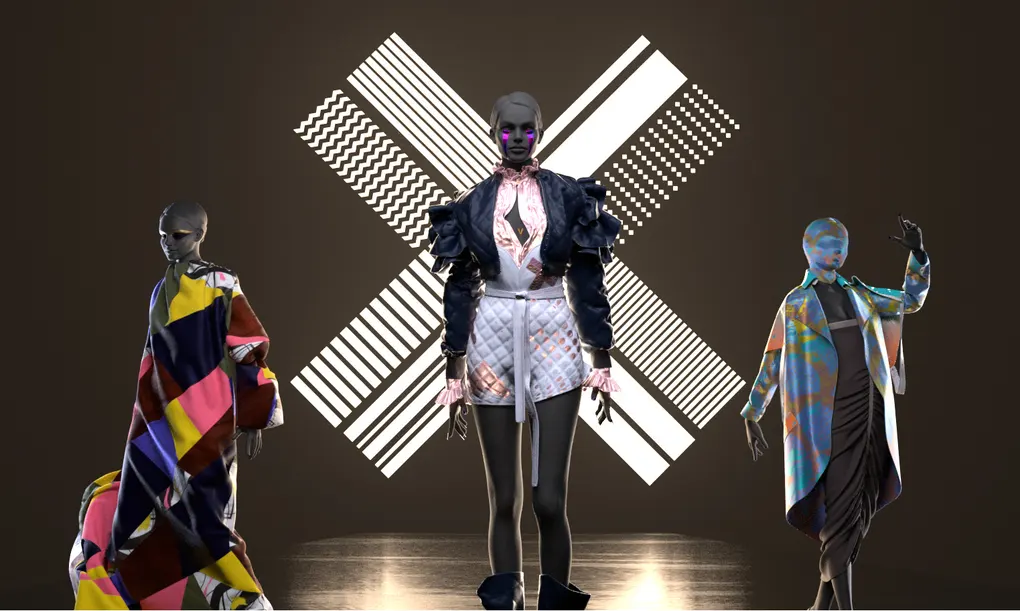If you want to understand your customer better, will 5 seconds be enough or 50? Ideally, more. The point is, the longer the customer engages with your brand, the richer your insights become, and you get a better understanding of your customer preferences.
Enter, digital product sampling which guarantees better results in this aspect over traditional product sampling. Because, in conventional product sampling, which usually happens in stores, once the customer is out of the premises, the engagement period is over. There’s no concrete way to track their feedback. You keep creating more samples in the hope of optimum results.
On the other hand, digital product sampling enables you to track the customer’s experience from start to finish. Additionally, you can implement targeted experiential marketing strategies and create a personalized in-home experience. The data-driven approach allows you to know how to continue maintaining the relationship with your customers. Even if they do not purchase at the moment, they can constantly engage with your brand which is helpful in the future when they actually consider making a purchase.
Most importantly, COVID-19 has developed a hesitation among buyers to try physical samples. In this contactless economy, brands that were already experimenting with 3D design, virtual sampling, and digitization of the product development process proved to have a competitive advantage over those that didn’t.
Now, since we have understood how digital has a fair advantage over physical samples generally, let’s see why they fare well in the fashion industry as well.
Digital Product Sampling v/s Traditional Product Sampling In Fashion
Kellie Hubbard, head of operational excellence at Joules said, “I would be surprised if physical samples exist at all in 10 years’ time for a large proportion of the industry.”
Let’s understand the different reasons why this could be true.
1) Expenses
Traditional:
When you make physical samples, expenses begin right from the time you buy materials, make the samples, and then ship them. Include the cost to remake the samples, and the expenses could be sky-rocketing. It becomes an even bigger number for wholesalers working with a global customer base, where a lot of money is spent on shipping only.
Digital:
In cases where the physical outfit is the end goal, samples are created using advanced 3D software and exchanged through digital mediums. Only when the digital sample is finalized, the process of manufacturing the physical sample begins. All kinds of changes in fabric, size, or color are taken care of digitally without actually making a physical sample. This means, no room for unnecessary expenses for shipping or remakes.
2) Time
Traditional:
On average, the supply chain time for retail products is around 30-40 weeks. This includes the time to produce, ship, assess, and rework if necessary. Delays could also be caused in cases where the required fabric is not readily available. The pressure becomes real when brands are expected to launch a new collection every month.
Digital:
Since everything happens over digital mediums, the same tedious process which could take weeks in the traditional setting can be done within a few hours or days here. Instant feedback leads to instant modifications and quicker delivery to the target audience. In times like these where trends are changing rapidly, digital sampling can help you reach your audience at the right time before the trend vanishes.
3) Sustainability:
Traditional:
The carbon dioxide emissions even to produce one physical outfit is extremely high. Add to this the waste generated because of unused samples due to the over-sampling practices followed in the industry.
Digital:
Probably, physical samples might not stop existing. But using digital sampling, if earlier you produced 50 samples, it could be reduced to 2. While as per research, there could still be pollution with the digital sampling techniques, it is definitely a sustainable alternative to curb the extremely negative impacts of physical sampling right now.




